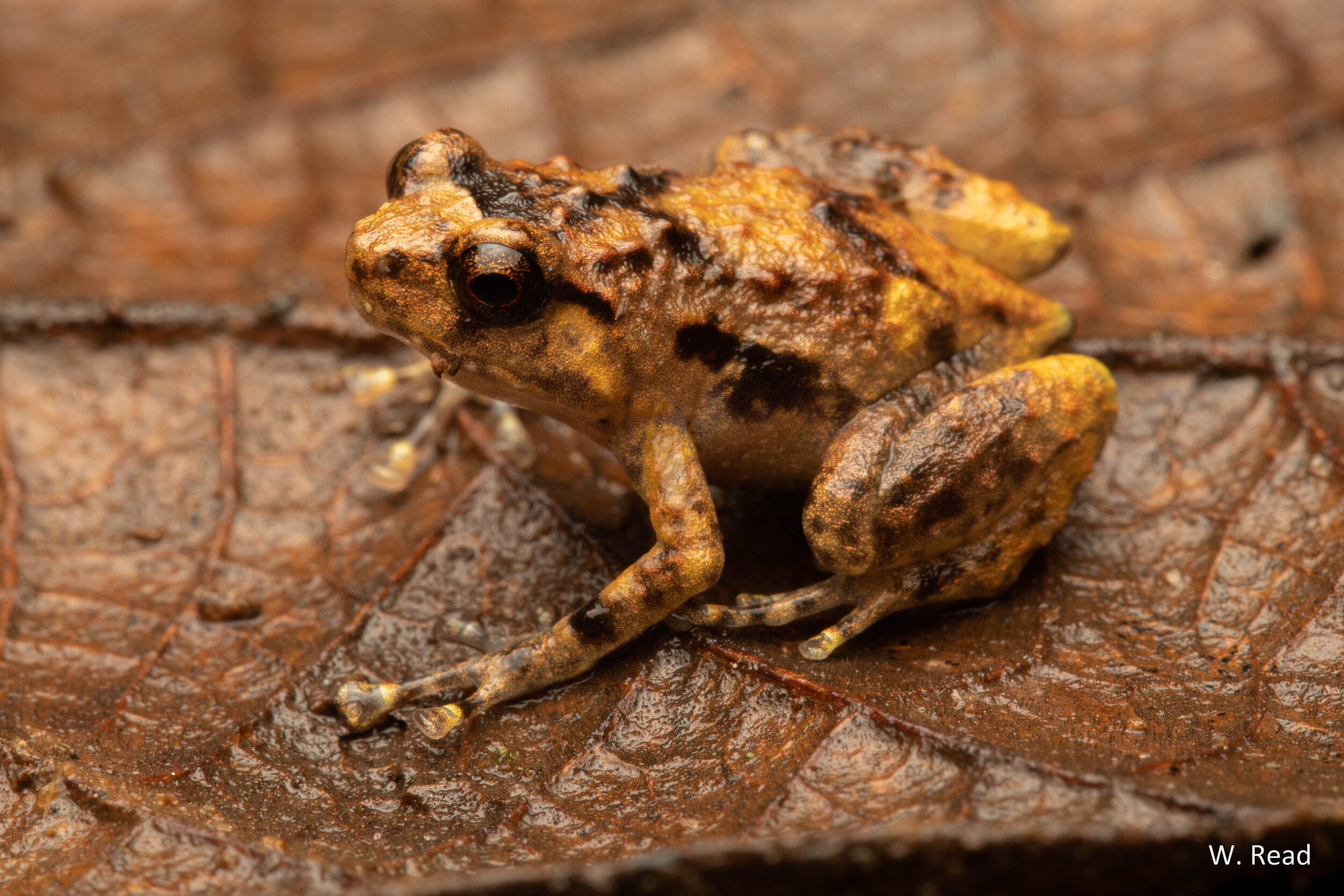The Lerista Trip of ‘21 (Part 4)
Lockhart to Innisfail (23rd - 24th of June)
Day 13
We spent much of the next day making our way back down the Cape towards Cooktown, but we did manage one stop in the morning to some nearby vine thicket. A quick look around yielded two new Lygisaurus species, a single Translucent Litter-skink (Lygisaurus macfarlani) and many Eastern Cape Litter-skinks (Lygisaurus sesbrauna). It then took most of the rest of the day to arrive at a certain, well-known boulder mountain.
There was only around an hour of sunlight left when we arrived at Black Mountain and we didn’t waste much time heading out onto the boulders in search of our first target. Luckily, the Black Mountain Boulder Skink (Liburnascincus scirtetis) is exceptionally common within it’s restricted distribution and we soon found many gracefully moving among and between the rock. Our third Liburnacsincus for the trip and the final species in the genus for Nick and I! Not long after and the sun began to set and we retreated to the car for dinner.
The double-edged sword of winter meant you could start spotlighting very early, but it was also quite cool. Fortunately, our target geckos didn’t mind and it wasn’t long before I spotted the next endemic species, the Black Mountain Gecko (Nactus galgajuga). While they might have been easy to spot, they were not easy to convince to sit still for photos. We did eventually manage it, along with a large female Coastal Ring-tailed Gecko (Cyrtodactylus tuberculatus), rounding out our three reptilian photo targets. Many of the undescribed Cape York Gehyra and a hatchling Carpet Python (Morelia spilota) were also found among the boulders. While our reptile targets were all found with comparative ease, we spent the next couple of hours combing the area hoping to find the final endemic, the Black Mountain Boulder Frog (Cophixalus saxatilis), to no avail. Considering it was the dry season and it wasn’t hard to come back, we accepted defeat and headed down to Cooktown to make camp.
Day 14
Another one of our November targets was up first the next day as we headed to vine thicket to look for the Endeavour River Litter-skink (Lygisaurus tanneri) at its namesake. Once a little sunlight hit the leaf litter it didn’t take long to find one and we settled in for some quick photos. Satisfied with our little brown skink we continued a little further north into the sandstone for a swim and some more herps.
Plenty of other people were already at our swimming hole but we left them behind heading into the outcrops to see what was about. Initially only Carlia were seen running around but flipping soon produced several Cooktown Ctenotus (Ctenotus nullum) who were extremely swift despite the cooler temps. After we’d all got our photos and had a quick swim (we hadn’t showered in four days again) we piled back into the prado and headed south.
Driving south took up most of the rest of the day as we snaked our way through rain on the Atherton Tablelands. The rain did decide to temporarily clear when we arrived at Wooroonooran NP to spend the night. Vague plans of frogs and Chameleon Geckos (Carphodactylus laevis) had been made and we walked our way into the forest at last light. A small Cophixalus and a Prickly Forest Skink (Gnypetoscincus queenslandiae) were soon found sheltering under a log and we came to the conclusion that our frog was a Creaking Nursery Frog (Cophixalus infacetus), a new species for all of us. I waited with it as the others went back for our cameras and head torches. Except they couldn’t find my headtorch. And when I looked in the car I couldn’t either. Fearing I’d somehow managed to double down on my head torch losing skills I frantically searched the car for the next 20 minutes as it began to rain. After much frustration I did find it. Somehow it had made it all the way under the mattress in my swag. At this point I was wet. My swag was wet. And I was mad. Logically, I decided to sit in the car to cool off.
After Nick and Justin decided to come find me and I’d calmed down a little we set back off into the rain. I ended up photographing a pair of Southern Ornate Nursery Frogs (Cophixalus australis), a Cogger’s Barred Frog (Mixophyes coggeri) and seeing a Northern Barred Frog (Mixophyes schevilli) but we still hadn’t come across the species we were here for, the Common (not actually all that common) Mistfrog (Litoria rheocola). Heading down to another creek, and getting more and more drenched by the rain, I waded out into the water and spotted frog eyeshine in overhanging veg. Approaching closer our target materialised on the leaves and I grabbed a few photos before running from the rain. A complementary Green-eyed Tree Frog (Litoria serrata) would be our last frog on the way back to the car. Ditching the rainy rainforest, we made our way down to the coast where my girlfriend was staying for a much nicer night being warm and dry.



















